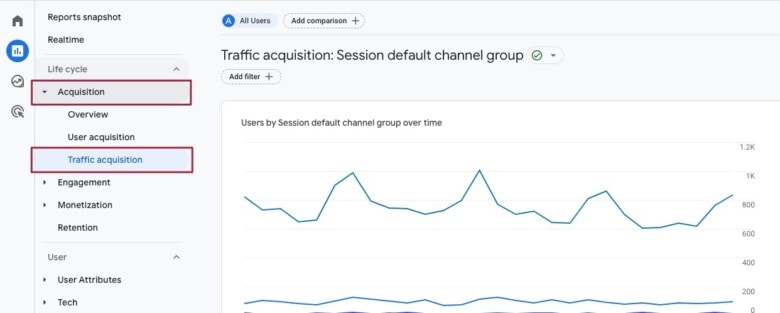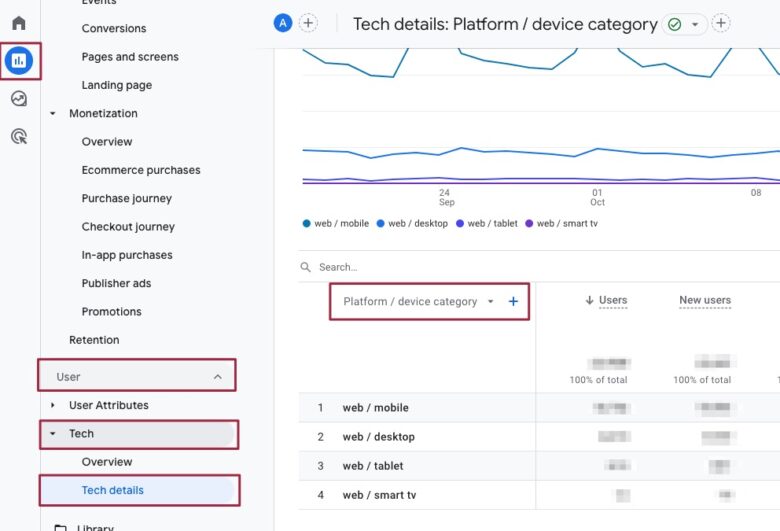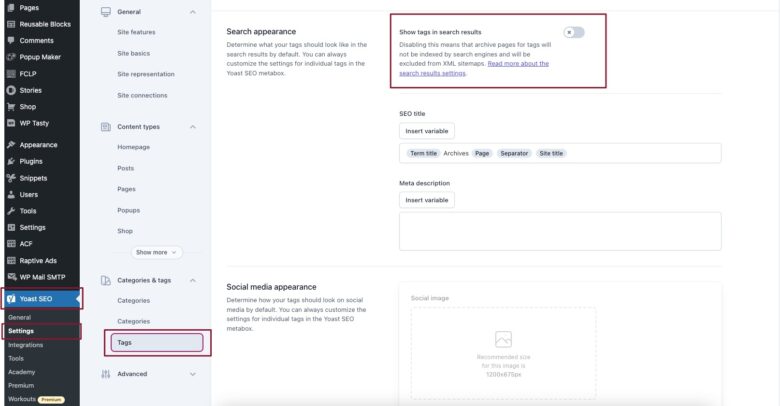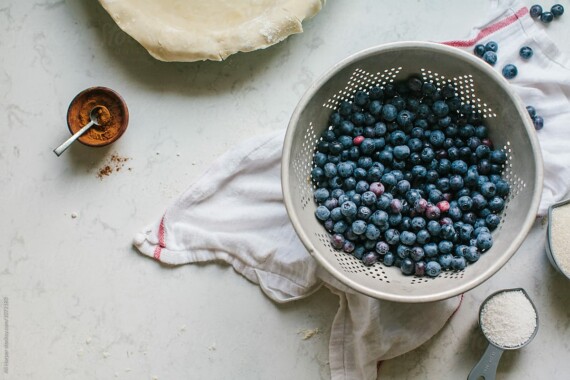You pour your heart and soul into your food blog. You spend days testing recipes, long nights writing SEO-friendly posts, and hours shooting, reshooting and editing recipe images.
You also spend time promoting each new post on social media and in your newsletter, and engaging with readers in more than one comment section. But there are some fundamental technical things you should also be doing to help your food blog grow.
Over the years, we’ve audited and provided technical WordPress support for hundreds of sites and cleaned-up a lot of technical missteps.
Based on what we’ve seen, here are 10 (fixable) mistakes food bloggers make:
- Choosing the wrong web host
- Non-compliance with nofollow rules
- Relying on a single source of traffic
- Overlooking the mobile experience
- Not knowing if tags are indexed with Google
- Using an outdated recipe card plugin
- Not signing up for Google Search Console
- Having no clear subject matter area of expertise
- Not knowing your returning visitor/reader percentage
- Relying on inconsistent WordPress support
1. Choosing the wrong web host
Choosing the right WordPress web host is one of the most important decisions you’ll make as a food blogger. The choice has an effect on your site speed, site security and more.
The responsiveness of a web host cannot be overstated and should be a factor in your decision making. Online chat is a must, and the friendliness and expertise of front-line support personnel should be tested too. Before you commit to a web host (or migrate to a new host!) go on live chat and ask a few curve ball questions and see how support unfolds.
Example questions to ask include:
- How often do you conduct malware/virus scans?
- What’s your downtime history? Or, what’s your uptime score?
- What is your back-up policy?
- How many customers are on a shared server?
- How easy it is to scale up/down?
- How quickly can I enable a staging site?
The answers will be very revealing.
Also, while some web hosts are proactive and using the latest technologies, such as the latest version of PHP (an open source programming language), free SSL certificates, and the most secure version of FTP, others drag their heels and are priced accordingly (we’re looking at you Bluehost).
As a general rule, a food blog with more than 25,000 sessions per month is going to require more expensive web hosting because of the increased traffic load.
The fix
Read our hand-picked list of the best web hosts for food blogs. In the post, we share our list of preferred web hosting providers.
2. Non-compliance with nofollow rules
During real-life SEO audits for Foodie Digital members we find a mind boggling number of sponsored and affiliate links that aren’t nofollow compliant.
Nofollow compliance is very important for food blog SEO.
According to Google, if you create sponsored content for companies, use affiliate links and review free products, you need to apply a nofollow attribute to external links that link out to specific online locations, like a sponsor company’s website, products and social media accounts, as well as affiliate links where you make a small amount of money from a visitor’s purchase.
The fix
Read our post on nofollow compliance for food bloggers. If you have posts with links that aren’t nofollow compliant, we recommend immediately prioritizing this work to avoid a manual action.
SEO tips for food bloggers prioritized
In this post we help you identify where you’re at with SEO, and then outline the actions you need to take to accomplish your SEO goals.
3. Relying on a single source of traffic
Today food bloggers have to hedge themselves and their businesses against algorithm changes and other updates that are outside of their control.
The best way to do this is to earn traffic from a range of sources, such as:
- social (i.e., Pinterest, Instagram and Facebook)
- organic (i.e., Google and Bing)
- direct
- referral (i.e., Buzzfeed Food and mindbodygreen)
It’s also important to earn organic traffic from a wide range of recipes rather than a small handful of high-performing posts.
The fix
In Google Analytics (Reports > Life Cycle > Acquisition > Traffic Acquisition) study each channel’s overall performance and pages per session by channel. Once you know this information put your time and effort behind the channel(s) that need TLC.

In our experience, referral traffic is one of the most overlooked opportunities when it comes to consistently generating new visitors.
Reach out to a local food reporter or two (or 10!) and ask how you can help make their life easier. One of the most common instances of referral traffic that we see is when a recipe is included in a round-up. (i.e., 20 Ridiculously Easy Soup Recipes You Should Make This Fall.)
4. Overlooking the mobile experience
It’s easy to default to desktop; it’s the screen format that you work in. But Google predominantly uses the mobile version of your site for indexing and ranking.
The fix
Start by studying your monthly mobile, desktop and tablet traffic using the data provided by Google Analytics (Reports > Life Cycle > User > Tech > Tech details > Platform / device category). It’s rare to see a Foodie Digital member whose mobile traffic is less than 65% of their overall monthly traffic.

More typically, especially if the member is active on Pinterest and Instagram, monthly mobile traffic makes up 75% or more of their overall traffic. Always think mobile first before you push publish.
5. Not knowing if tags are indexed
Tags are hands down one of the most misunderstood features on food blogs.
To make things even more confusing, a lot of design themes treat tags in different ways. Tags are most commonly used to support reader navigation and to help a visitor move around your site based on a subject they’re interested in.
As a general rule, tags should only be indexed with Google (i.e., crawled by Google) if your tag category archives are full of high-quality content.
You want to avoid Google crawling and indexing thin or light pages on your site that don’t provide a top-notch experience for the user and that don’t serve a strong purpose on your site. Tags that rank, but on clickthrough only have a handful of posts, fail on both fronts.
The fix
If you use Yoast SEO, it’s quick and easy to find out if your tags are indexed. Log into Wordpress. In the left hand menu navigate to Yoast SEO > Settings > Categories & Tags > Tags. There you can check to see if your tags are indexed or not.

6. Using an outdated recipe card plugin
Using a recipe card plugin to automatically generate structured data, more specifically JSON-LD Schema Markup, unlocks a long list of possibilities for your recipe content.
We back three recipe card plugins at Foodie Digital:
Why just three? Because not all recipe cards are created equal.
The business of food blogging has changed a lot in the past few years. Maintaining a well built, block editor compatible, future-proofed recipe card plugin for WordPress isn’t easy or inexpensive. Several recipe plugin developers have shut their doors, shifted focus or not maintained the plugin’s feature base to keep up with current standards.
The fix
Read our post comparing the best 3 recipe card plugins for WordPress. In it we break down the pros and cons, considerations, costs, and main benefits of today’s top WordPress recipe card plugins.
7. Not signing up for Search Console
Google Search Console is a powerful tool for recipe SEO. It does require registration and set-up, but once it’s in place you have access to a significant amount of helpful data including recipe structured data. It’s also 100% free to use.
The fix
Learn which keywords are sending traffic to your food blog, and if you have gaps in your structured data (i.e., errors and warnings) by registering for Google Search Console.
8. No clear subject matter expertise
What’s your subject matter area of expertise?
Is it gluten free, dairy free or vegan recipes? Maybe it’s meal planning or make-ahead meals, or baking? It’s important to send clear signals to Google about who you are, what you do, and what you’re an authority in.
The fix
Work with Foodie Digital or seek the advice of a WordPress pro with experience in the food blogging niche to help bake your subject matter expertise into your category structure, your editorial calendar and your site’s user experience. Google wants to offer the best possible answers and results to user queries, so if you’re an authority in plant-based diets or dessert make it clear.
9. Not knowing your returning reader percentage
How loyal are your readers? Your returning visitor/reader percentage will tell you. It’s one of the key success metrics that we track for Foodie Digital members.
The fix
In Google Analytics (Reports > Life Cycle > Retention) look at the number or percentage of returning visitors in a specified time period.
Though there aren’t really comprehensive benchmarks out there on the ideal returning visitor/reader percentage, we generally believe that if your rate is under 15% a month, your content strategy probably needs a refresh. If it’s 20% or higher a month, your community loves what you’re serving up. The ratio of new visitors to returning visitors is very telling. The difference in data for these two groups provides valuable insights into how well you’re building your community.
10. Inconsistent WordPress support
This fixable mistake probably comes as no surprise to you. As the niche becomes more and more technical, inconsistent support from WordPress developers is a part of life for a lot of food bloggers—but it doesn’t have to be.
The fix
Free up your time and breathe easier by working with WordPress professionals (like us!) that have experience in the recipe and food blogging niche and who can provide the kind of consistent, forward-thinking tech and SEO support you need to grow your business.
Note: Foodie Digital participates in affiliate programs for select recipe card plugins and hosting providers. The opinions we share are based on our own in-depth research, and the ongoing need for our members to use SEO tools that are future-proofed, credible, professional and well supported.













Thanks !!!. Loved the post.